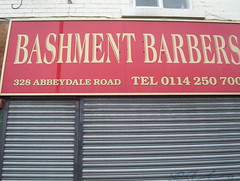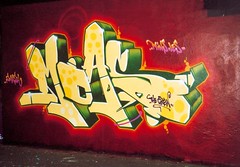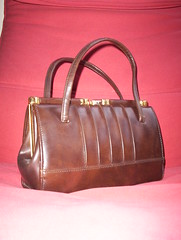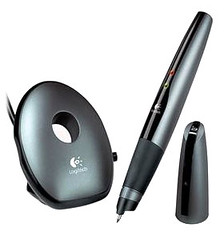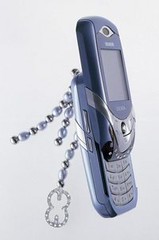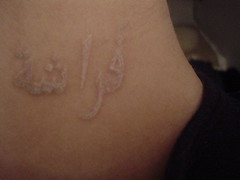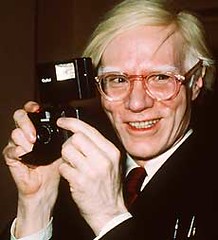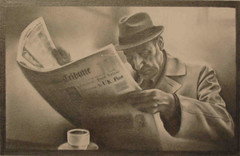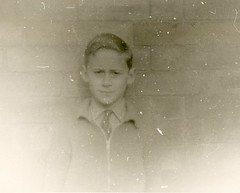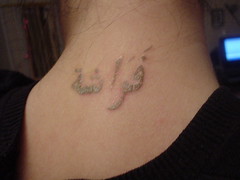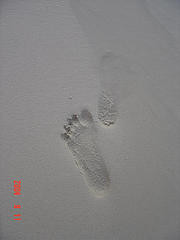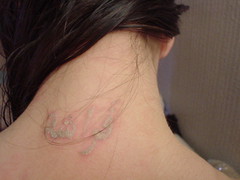
1. The sack trolley. Just load on something heavy, shift the weight and the wheels do the rest. Having just helped my mother move house, I can recommend it!
2. The word processor. (Yes, I know). Press the keys and hey presto, your words are up there and you can send them to anybody else - anywhere.
3. The bicycle. So elegant, so simple, so universal and it gets you around with minimal environmental impact.
4. The kettle. Fill it with water, flick a switch and within minutes you have enough boiling water to make tea. Pure magic.
5. Hair straighteners. Well actually I don't need them, but I hear from very reliable sources that you just can'€™t do without them.
I'd be interested in your 4 or 5 top technologies.
As Jim Gee says "Technologies are tools that allow us to do specific things....technologies have no effects, good or bad apart from the situations and settings in which they are used." Think about it.








